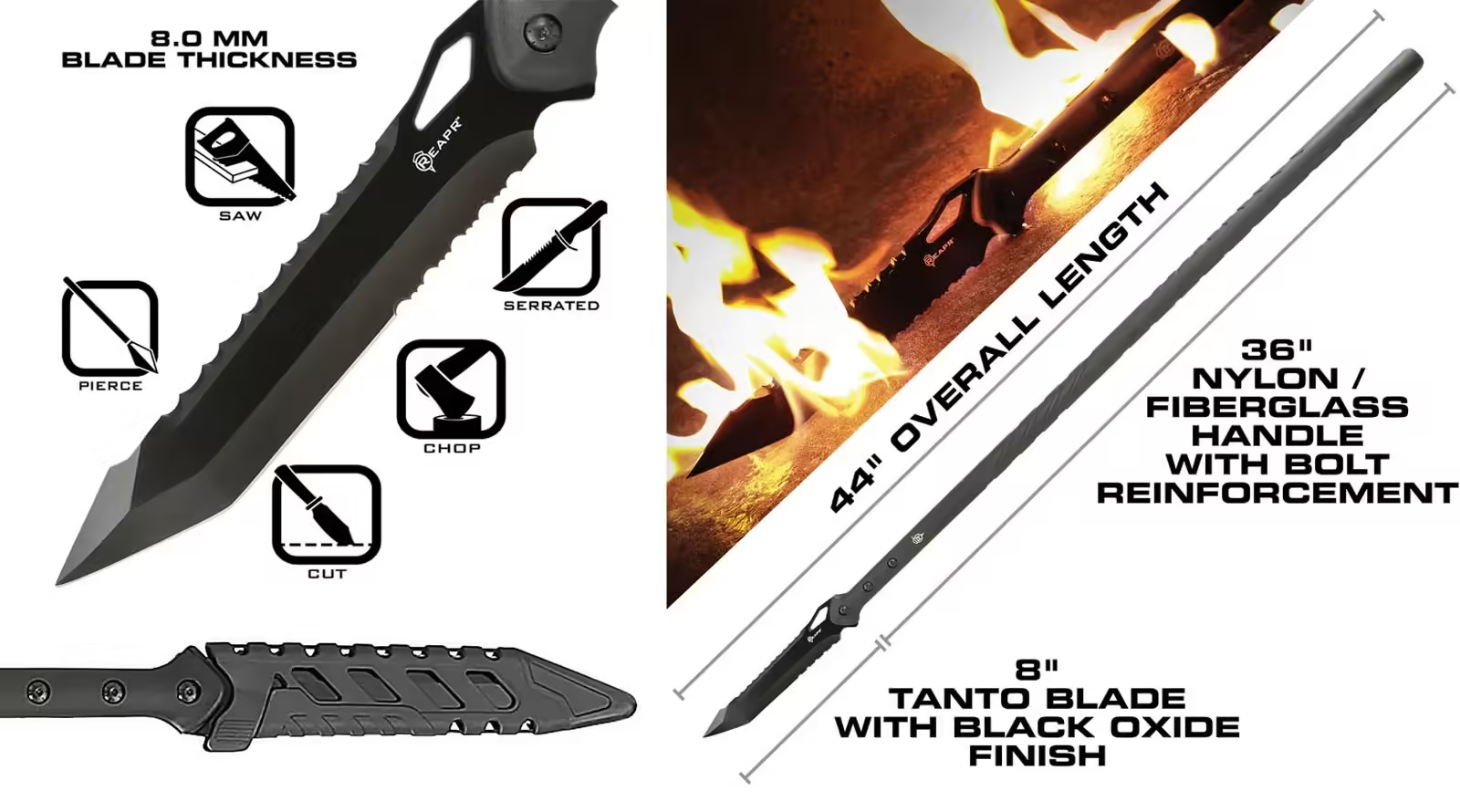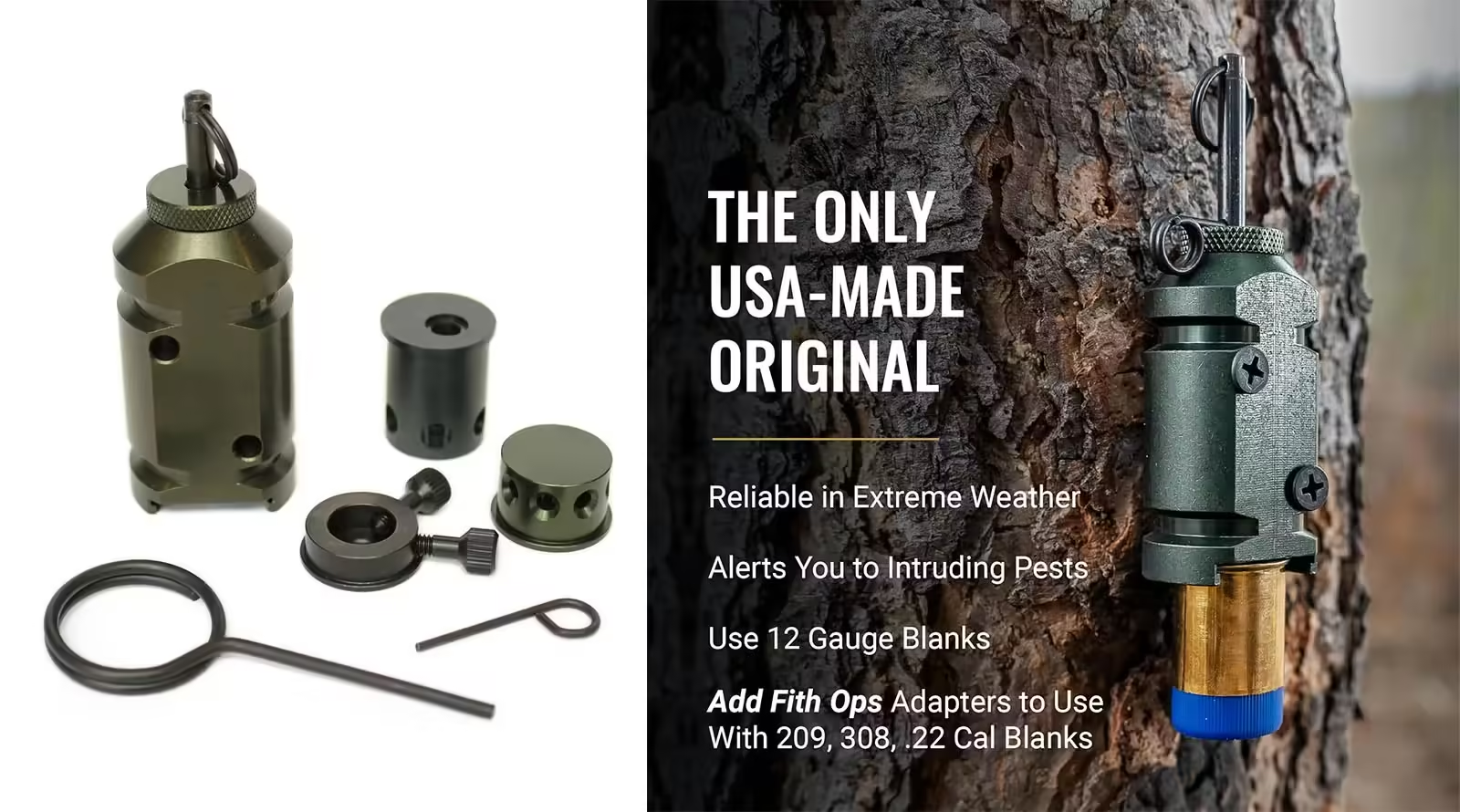Pepper spray, also known as oleoresin capsicum (OC) spray, is a widely used non-lethal self defense tool. Understanding its effects on different demographics, including adults, children, and its usage against animal threats, is crucial for responsible and informed use.
1. Effects on Adults:
- Immediate Impact: When pepper spray comes into contact with an adult, it causes an intense burning sensation, temporary blindness, difficulty breathing, and disorientation. The goal is to incapacitate the assailant temporarily, allowing the victim to escape or seek help.
- Duration: The effects of pepper spray typically last for about 20-45 minutes, with residual discomfort lingering for some time. It does not cause permanent harm, and recovery is generally swift.
2. Effects on Children:
- Considerations: The use of pepper spray on children raises ethical concerns, and it is generally discouraged. Children may be more susceptible to respiratory distress, and their smaller size means a higher concentration relative to body mass. The potential impact on a child’s developing respiratory system is a key consideration.
3. Usage Against Animal Threats:
- Effective Deterrent: Pepper spray is widely acknowledged as a humane and effective deterrent against various aggressive animals. Users often rely on pepper spray to create a temporary incapacitating effect, providing a window for escape without causing permanent harm to the animal.
- Considerations: When using pepper spray on animals, several considerations come into play, and user experiences indicate its effectiveness against different types of threats:
- Dogs: Pepper spray is often highly effective against aggressive dogs. It serves as a reliable tool for dog walkers, joggers, and postal workers, offering a means to deter an attacking dog without resorting to lethal force.
- Wildlife: In encounters with wildlife such as bears, mountain lions, or aggressive deer, pepper spray has proven to be an effective means of discouraging an attack. It provides a non-lethal option for hikers and outdoor enthusiasts to defend themselves in wilderness settings.
- Farm Animals: Farmers and ranchers may use pepper spray as a deterrent for aggressive farm animals. It can help prevent injuries caused by confrontations with livestock.
- Urban Wildlife: In urban environments, encounters with aggressive urban wildlife like raccoons or aggressive stray animals may warrant the use of pepper spray for personal safety.
- User-Reported Effectiveness: Users often share their experiences with pepper spray, highlighting its success in deterring various animal threats. While results may vary based on factors such as spray concentration and the animal’s size and temperament, pepper spray remains a popular and widely recommended tool for non-lethal animal deterrence.
- Considerations: Users should exercise caution when deploying pepper spray on animals, considering factors such as the type and size of the animal. It is crucial to follow safety guidelines and consult local regulations regarding the use of pepper spray on animals.
Safety Tips for Pepper Spray Usage:
- Target the Face: Aim for the assailant’s face to maximize the impact on their sensory organs.
- Keep a Safe Distance: Maintain a safe distance when deploying pepper spray to minimize the risk of retaliation.
- Wind Considerations: Be mindful of wind direction to prevent the spray from blowing back towards you.
- Legal Compliance: Adhere to local laws and regulations regarding the possession and use of pepper spray.
- Decontamination: If accidentally exposed or if exposure occurs to others, follow recommended decontamination procedures, such as rinsing with water.
Seeking Medical Attention: While the effects of pepper spray are generally temporary and non-lethal, seeking medical attention is advised if:
- There is persistent discomfort or allergic reactions.
- The person sprayed experiences respiratory distress.
- The exposed individual is a child.
Conclusion: Pepper spray is a potent yet non-lethal tool designed to provide personal safety in threatening situations. Understanding its effects on different demographics and adhering to responsible usage guidelines ensures its efficacy as a defensive tool while minimizing potential risks. Users must prioritize safety, legality, and ethical considerations when incorporating pepper spray into their self defense strategy.












